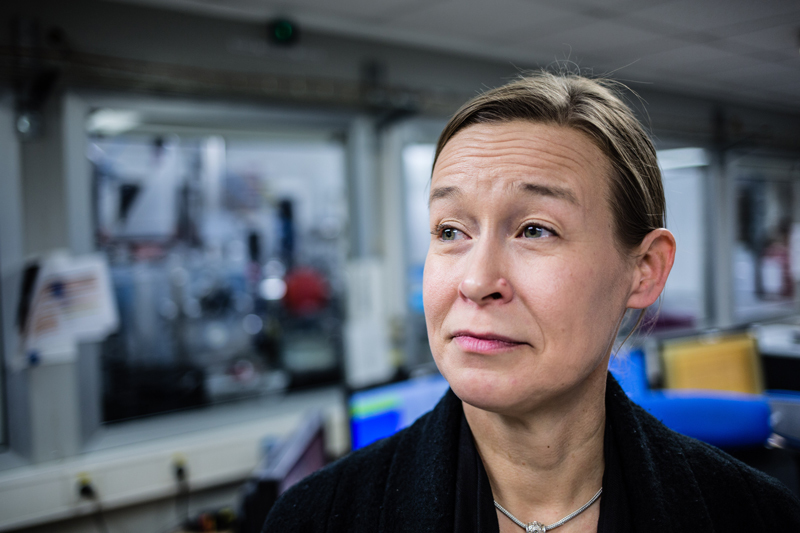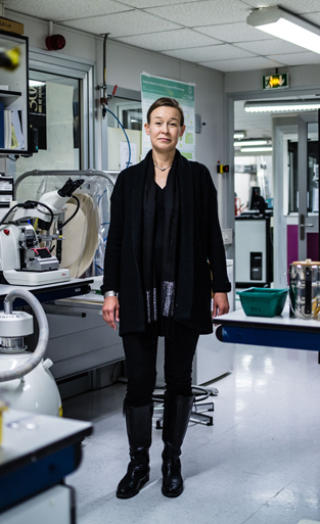I explore ancient life histories through my analyses of archaeological human remains. I am Finnish, but I live and work in Cyprus, a convenient location for accessing both the rich archaeological remains of the Middle East and the Eastern Mediterranean, as well as cutting edge instrumentation and laboratory facilities at the Cyprus Institute. I am using the ESRF’s X-rays to map metal element localisation within 5000-year-old human hair from individuals who lived in ancient Iran, in a large urban complex along what was later known as the Silk Route. Hair can tell us a lot. For example, metal workers may have integrated bioavailable metals in their bodies, which would also show up within hair. I analyse metal localisation in ancient hair to distinguish between biogenic and environmental sources for copper in hair. For this purpose, it is not enough to know that there is copper in the hair, we also need to know its precise location, whether on the surface or inside the hair. That is where the synchrotron light is so powerful. Having prepared 10µm cross sections of hair, we were able to map in detail the distribution of several metal elements within the hair. Eventually, when we piece together all our data from different sources, we will be able to form a picture of the lifestyles and the environment in this area in ancient times. Although we are studying the past, there are strong links to current concerns, for example metals as soil and food contaminants, and hair as a proxy for such environmental pollutants and their bioavailability. The benefits the ESRF bring to my research are tremendous, and I am already planning to return for more experiments in the near future.”


